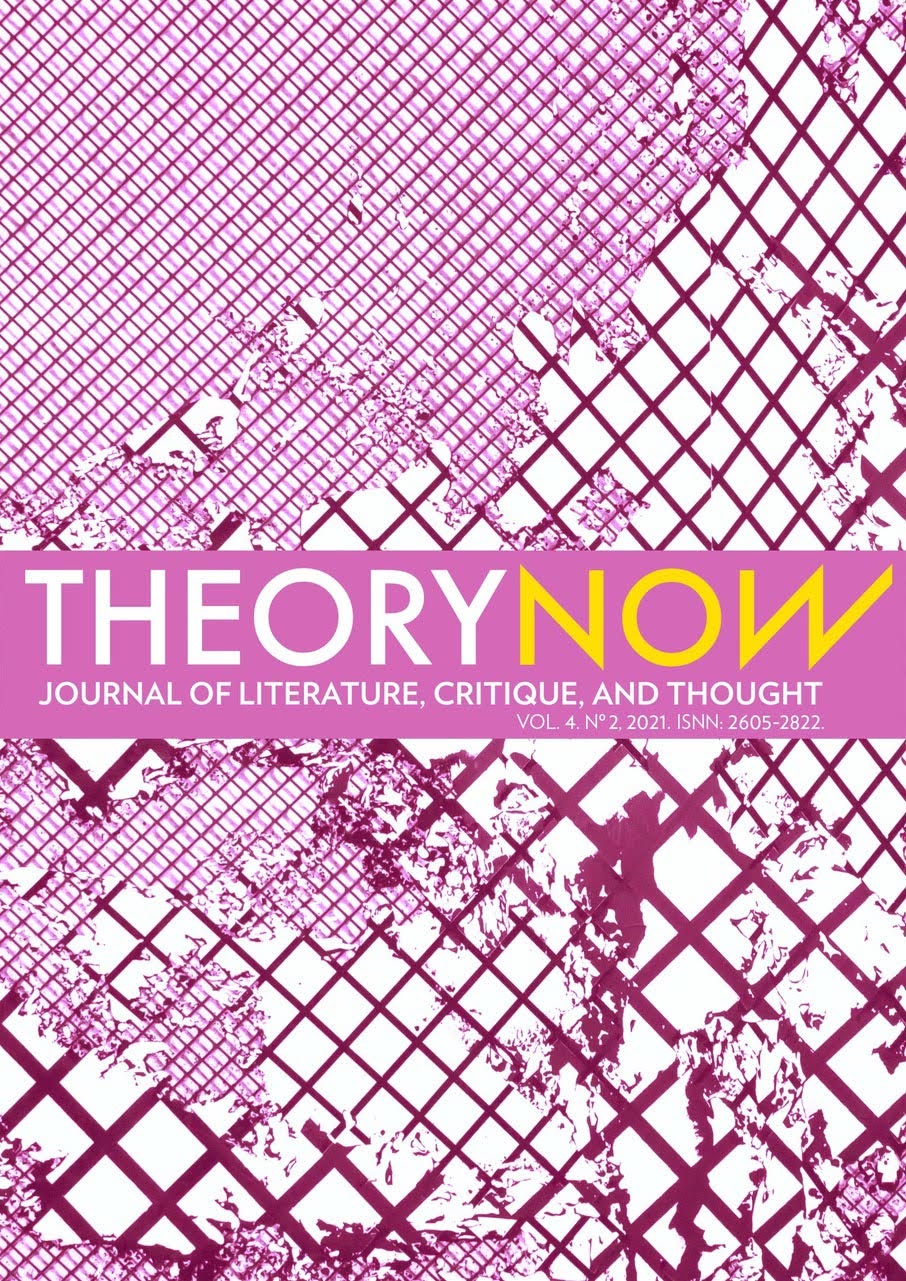Structural Hermeneutics: A Integrating Theory
DOI:
https://doi.org/10.30827/tn.v4i2.21778Abstract
This paper presents an abridged account of what the author calls “structural hermeneutics”. Building on her previous work on “constructive hermeneutics”, the present article explains the reasons for this new nomenclature (“structural hermeneutics”), which had been previously used by the author to refer exclusively to the ideas of thinkers such as Barthes, Bakhtin, or Ricœur. Drawing on the work of these authors, and, in addition, Lotman and Szondi, among others, structural hermeneutics endeavors to continue the task which, had been initiated—in a more or less conscious fashion—by all these forerunners. Therefore, the main goal of structural hermeneutics would consist in bridging the gap between two seemingly opposed or even antagonistic theoretical approaches: hermeneutics, on the one side, and structuralism, on the other side. The present paper traces an original journey across different sources and time periods of literary ideas, ranging from Kantian aesthetics to Russian formalism to Cultural Studies, in order to argue for the necessity of an integrative literary theory capable of bringing together the essential hermeneutic approach to literature and the no less crucial theoretical and methodological contributions of structuralism and semiotics.
Downloads
Downloads
Published
How to Cite
Issue
Section
License
Theory Now. Journal of Literature, Critique, and Thought is an immediate open-access publication which is available at no cost for readers and authors alike. Authors are not charged any kind of fee for the editorial processing of their articles. Reading, downloading, copying, distributing, printing, searching, linking or reusing all published articles for non-commercial uses is allowed on the condition of citing the author, the journal and the editing body. All intellectual material published in this journal is protected under a Creative Commons Attribution-NonCommercial 3.0 Spain license.
Dissemination of the articles in social (Facebook, Twitter, Linkedin, etc.) and scientific networks (ResearchGate, Academia.edu, etc.), public repositories at universities and other institutions, blogs, personal or institutional websites, Google Scholar, ORCID, ResearchID, ScopusID, etc. is strongly encouraged. In all cases, the intellectual property of the articles and any possible monetary profits derived from them belong exclusively to the authors.













